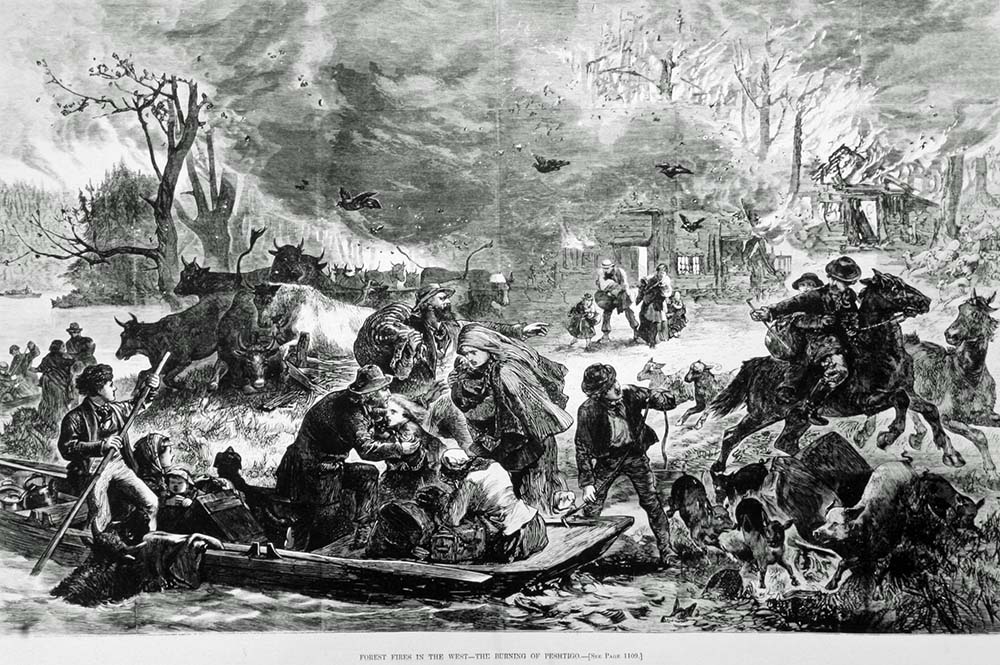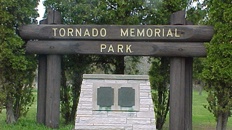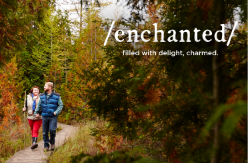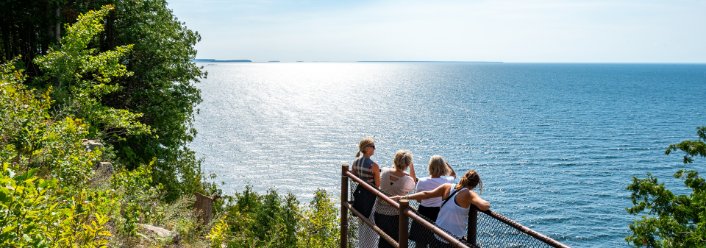
The Peshtigo Fire of 1871: Its Story & Legacy
Published
The Gist
Explore the historic and picturesque Door County, Wisconsin! Here's what you shouldn't miss:
- Peshtigo Fire Legacy: Discover the incredible story of resilience following the devastating fire of at sites like Tornado Memorial Park and the Peshtigo Fire Museum.
- Cultural Sites: The National Shrine of Our Lady of Good Help offers an awe-inspiring glimpse into history and spirituality.
- Natural Beauty: Savor the stunning landscapes, charming towns, and outdoor adventures Door County is famous for.
Ready to dive into Door County's rich history and vibrant offerings? Plan your getaway today!
This year, Friday, October 8 marks the 150th anniversary of the Peshtigo Fire that ravaged numerous towns in Door County and adjacent counties, took the lives of more than 1,200 people, and was one of the deadliest and most destructive fires in US history.
Usually referred to as “The Great Fire of 1871” or “The Peshtigo Fire,” the singular “fire” actually refers to at least three separate forest fires that all broke out on the same day in the same area. The Peshtigo Fire(s) is unrelated to the Great Chicago Fire and Great Michigan Fire that also occurred on this day, but the fires were all the result of the same weather conditions.
To commemorate this dark day in local history, the Belgian Heritage Center will host The Great Fire of 1871: 150th Anniversary Special Remembrance, a series of events that includes a film premiere, talks from experts, a historical reenactment, remembrance vigil, poetry readings, and other educational offerings.
If you can’t make it to these events, another way to reflect on the Peshtigo Fire and remember the lives of those who perished is to read about the incident, consider how it shaped local history, and try to take away some lessons about life, community, and starting over.
Background
On an autumn day in northeast Wisconsin in 1871, a series of fires broke out on the Door Peninsula and several other sites on the west side of the Green Bay.
The fires were the result of logging and farming fires exacerbated by exceedingly hot, dry, and drought-like weather conditions that had beleaguered the Upper Midwest for months prior. These conditions combined with strong winds, conflicting weather systems, and lax fire practices to create the perfect conditions for forest fires, which eventually developed into a massive and highly destructive firestorm.
As the firestorm grew larger and gained power, it overwhelmed nearly every town, building, and person in its wake. In all, between 1,200 and 2,400 people perished in Door County and other Wisconsin settlements that night, and many towns were completely devastated, including the newly built Williamsonville.
The widespread devastation is hard to overstate. Millions of acres of land, both wild and farmed, were destroyed. Entire settlements were wiped out. And the few people who managed to survive were scarred, both physically and emotionally, from witnessing their families, neighbors, and hometowns being consumed by the fires.
After the firestorm finally died down, residents were able to slowly yet surely rebuild their towns and build others anew, thanks to both statewide and nationwide restoration efforts.

But of course, more than anyone or anything, it was the people of Door County and their indomitable community spirit that reimagined and rebuilt their towns, homes, farms, businesses, infrastructure, and nature spaces. This rebuilding period helped set the foundations for the Door County we know and love today.
Legacy & Historical Sites
In modern times, Door County has a few historical sites where you can learn about the fires and pay tribute to the survivors.

- Tornado Memorial Park in Sturgeon Bay commemorates the fires with several historical markers, including “the Well Site” where seven people sought safety together during the firestorms, five of whom survived. The site serves as a reminder that people are stronger and safer in numbers.
- The National Shrine of Our Lady of Good Help in nearby Champion, WI (about 30 minutes from Sturgeon Bay) is also an important cultural site, both for its role in the Peshtigo Fire and more generally as a spiritual destination.
During the fires, a group of residents sheltered in the chapel and prayed all night for safety. Everything else in the area was decimated by the fire, but the chapel and the people who sought refuge there were, miraculously, unharmed. This and other incidents led to the site earning its official National Shrine status in 2016. - The Peshtigo Fire Museum is an approximately 1.5-hour drive from Sturgeon Bay and offers local artifacts, storytelling exhibits, historical and lifestyle displays, and a cemetery honoring the lives lost.
Deeper Dive: The Williamsonville Fire
Get a more detailed telling of the night’s events in this Door County: Unearthed video.
Sign up today!
Visit Door County virtually with monthly newsletter updates. Each issue is jam-packed with vacation ideas, special offers, recipes, festivals, events, and more.
Subscribe to the Newsletter




